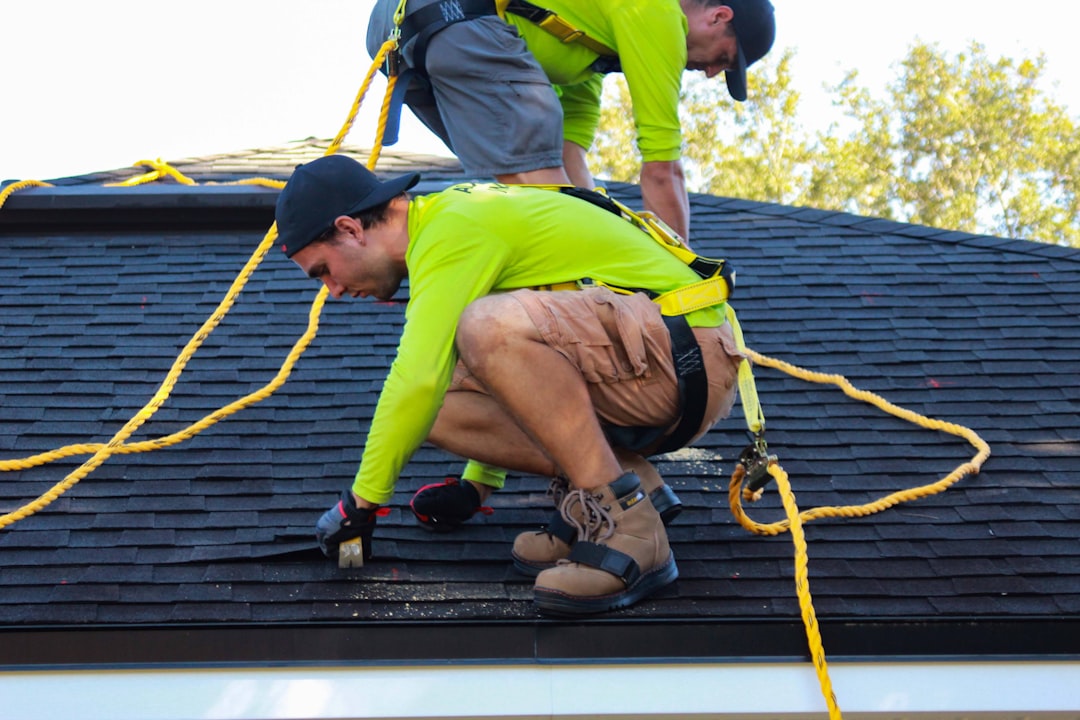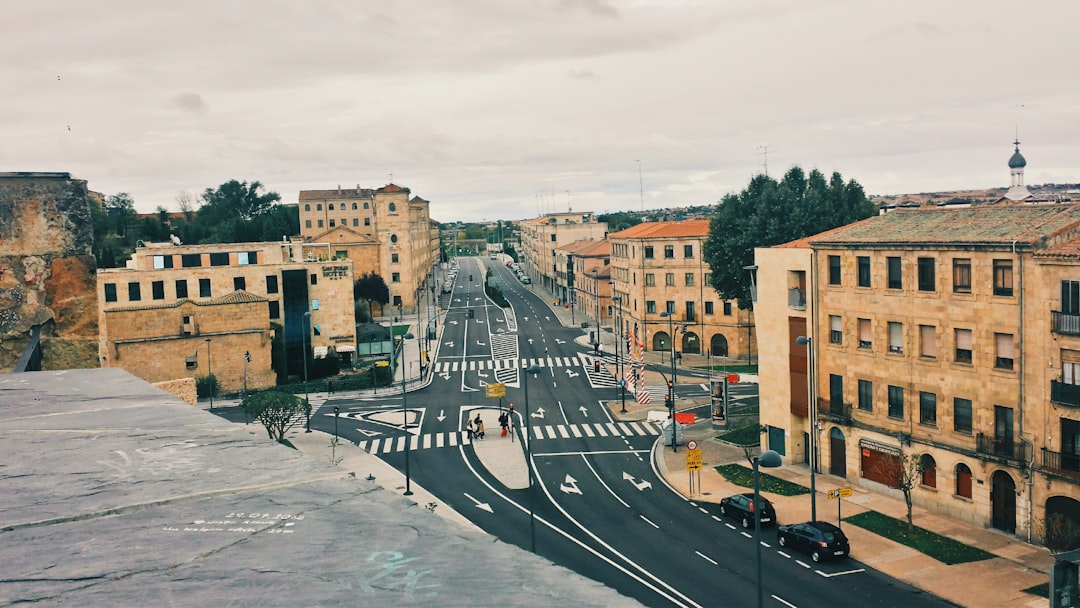
If you’re a local business owner seeking to increase procedures and also grow your brand, searching for a residential property to suit your expanding requirements is a top concern. Read more about this website. Nevertheless, acquiring a brand-new building or parcel can be a substantial financial investment and a difficult job for numerous entrepreneurs. Learn more about this homepage. An alternative choice to take into consideration is building within an industrial stockroom. View more about this page.
Commercial stockrooms are large, versatile rooms created to fit a range of businesses and also sectors. Check here for more info. They are usually rented out to local business owner on flexible lease terms as well as can supply considerable price savings compared to creating a brand-new standalone building. Discover more about this link.
Among the advantages of structure within a commercial stockroom is the comfort it provides. Check it out! this site. These areas commonly come furnished with a series of facilities and attributes, consisting of washrooms, filling anchors, as well as billing terminals for forklifts or various other machinery. Discover more about this link. This eliminates the need for owners to worry about making these holiday accommodations themselves, conserving time as well as sources in the process. Check it out! this site.
An additional benefit of structure within a commercial storehouse is the possibility for partnership and also networking. Read here for more info. Sharing a room with other businesses in the very same market can cause useful job partnerships and collaborations that may not have been feasible or else. Click here for more updates.
That being claimed, there are some variables to consider before deciding to build within a business storehouse. View here for more details. One possible drawback is the minimal control over the residential property. Click for more updates. As these rooms are commonly owned by a 3rd party, business owners may not have the liberty to make considerable modifications or restorations to the area. Read more about this website.
Finally, building within a business stockroom is a choice worth exploring for entrepreneurs seeking to broaden their operations. Check here for more info. With a vast array of benefits consisting of benefit and expense savings, it’s not difficult to see why increasingly more organizations are selecting to expand within business warehouse rooms. View more about this page.
 Usual Errors to Avoid When Building a Steel Workshop Building
Usual Errors to Avoid When Building a Steel Workshop Building
 How to Choose the Best Garage Construction products
How to Choose the Best Garage Construction products Considerations When Selecting a Cash Buyer for Your Real Estate
Considerations When Selecting a Cash Buyer for Your Real Estate
 5 Construction Technologies Forming the Method We Construct
5 Construction Technologies Forming the Method We Construct
 Just how much Does a Butler Structure Cost? Founded in 1901, Butler Structures is the biggest pre-engineered steel building vendor in America. Their ingenious products and also styles develop much better answers for structure needs within the business, neighborhood, industrial and agricultural markets. Butler supplies a comprehensive system technique with planning, style, production and also advertising of building systems services. The firm’s MR-24 standing seam roof covering and also Butler-Cote wall surface systems are simple to keep, which indicates reduced operating expense for your company. View this homepage to know more info. They likewise offer a life time of savings compared to standard structures. These financial savings are the outcome of the building’s energy performance and climate resistance. The roofing system as well as wall surfaces are designed with a high R-value, which lowers cooling and heating costs for your organization. In addition to these benefits, they additionally secure your equipment from damages and keep your facility safe from serious weather. Butler buildings are made from steel, a very recyclable product that is produced using sustainable processes. It uses electrical arc furnace innovation, which is much more environmentally friendly than basic oxygen furnaces. All Butler structures are constructed to the best quality criteria. The steel is sourced from BlueScope, an integrated steelmaker that uses over 100 people in the United States. Click this website and discover more about this service. Actually, the MR-24 standing joint roofing system and also Butler-Cote wall surfaces contain up to 74% recycled steel. One more benefit of using Butler building systems is that the structures are crafted in the factory for much faster, more exact setup. They also eliminate the requirement for area modification and also reduce the overall cost of a job. As a leader in the sector, Butler has more than 1,400 neighborhood Butler Builders to function as solution specialists and help you with every step of the building process. They are trained to comprehend your organization and its structure needs, so they can recommend the most effective solutions for your job. The design-build technique is additionally utilized by Butler, which conserves time and money for your service. Check this site and read more now about this product. It incorporates the functions of architect, engineer and basic specialist right into one group. It also provides higher adaptability for your project and also reduces the danger of unforeseen issues. To
Just how much Does a Butler Structure Cost? Founded in 1901, Butler Structures is the biggest pre-engineered steel building vendor in America. Their ingenious products and also styles develop much better answers for structure needs within the business, neighborhood, industrial and agricultural markets. Butler supplies a comprehensive system technique with planning, style, production and also advertising of building systems services. The firm’s MR-24 standing seam roof covering and also Butler-Cote wall surface systems are simple to keep, which indicates reduced operating expense for your company. View this homepage to know more info. They likewise offer a life time of savings compared to standard structures. These financial savings are the outcome of the building’s energy performance and climate resistance. The roofing system as well as wall surfaces are designed with a high R-value, which lowers cooling and heating costs for your organization. In addition to these benefits, they additionally secure your equipment from damages and keep your facility safe from serious weather. Butler buildings are made from steel, a very recyclable product that is produced using sustainable processes. It uses electrical arc furnace innovation, which is much more environmentally friendly than basic oxygen furnaces. All Butler structures are constructed to the best quality criteria. The steel is sourced from BlueScope, an integrated steelmaker that uses over 100 people in the United States. Click this website and discover more about this service. Actually, the MR-24 standing joint roofing system and also Butler-Cote wall surfaces contain up to 74% recycled steel. One more benefit of using Butler building systems is that the structures are crafted in the factory for much faster, more exact setup. They also eliminate the requirement for area modification and also reduce the overall cost of a job. As a leader in the sector, Butler has more than 1,400 neighborhood Butler Builders to function as solution specialists and help you with every step of the building process. They are trained to comprehend your organization and its structure needs, so they can recommend the most effective solutions for your job. The design-build technique is additionally utilized by Butler, which conserves time and money for your service. Check this site and read more now about this product. It incorporates the functions of architect, engineer and basic specialist right into one group. It also provides higher adaptability for your project and also reduces the danger of unforeseen issues. To